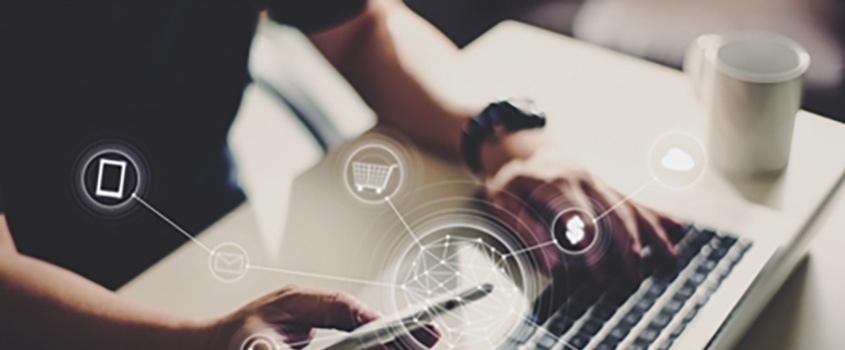republic onboarding
Internet Banking
-
Savings & Chequing
-
Savings Accounts
Growing up with a plan for tomorrow
For youths between the ages 13 to 19 years
Shape your future
Helps you to build your nest egg
Saves you time and money
The wise investment instrument
Earn more on your Foreign Accounts
Chequing Accounts
Bank FREE, easy and convenient
A world of convenience and flexibity
Invest and enjoy the best of both worlds
A value package designed for persons 60 +
Life Stage Packages
Banking on your terms
Getting married?
Tools & Guides
Make an informed decision using our calculators
Help choose the account that’s right for you
All Our Cheques Have A New Look!
-
-
Electronic Banking
-
EBS Products
Open a deposit account online
Pay bills and manage your accounts easily
Banking on the Go!
Welcome to the Cashless Experience
Top up your phone/friend’s phone or pay utility bills for FREE!
EBS Products
Make secure deposits and bill payments
Access your accounts easily and securely with the convenience of Chip and PIN technology and contactless transactions.
Access cash and manage your money
Where your change adds up
-
-
Credit cards
-
Credit Cards
Credit Cards
Additional Information
-
-
Prepaid Cards
-
Pre-paid Cards
-
-
Loans
-
overview
To take you through each stage of life, as we aim to assist you with the funds you need for the things you want to do
We make it easy to acquire financial assistance for tertiary education through the Higher Education Loan Programme
We make it easy, quick and affordable to buy the car of your dreams
Tools & Guides
Helps you determine the loan amount that you can afford
You can calculate your business’ potential borrowing repayments
Republic Bank's Group Life Insurance will provide relief to your family by repaying your outstanding mortgage, retail or credit card balance in the event of death or disablement.
-
-
Mortgages
-
Mortgage Centre
Republic Bank Limited can make your dream of a new home a quick and affordable reality
New Customers
Block for MM- new user mortgage process
There are three stages you must complete before owning your first home
Tools & Guides
block for MM - personal - mortgages
-
-
Investments
-
Investment Products
-
5 ways to Keep Yourself Safe while Banking Online
You are here
Home / 5 ways to Keep Yourself Safe while Banking Online
There’s no disputing the convenience of digital banking. Wherever you are, with a solid and secure internet connection, you can knock your run-of-the-mill banking to-dos off your list in no time. It’s great!
But, is it safe?With regular reports of hacking, fraud and identity theft, that’s a valid question. The answer is, yes, digital banking is safe. Financial institutions that have entered the digital arena, typically apply stringent security measures – like firewalls, website encryption, fraud monitoring and multi factor authentication – to provide our customers with a safe online banking experience.
But digital banking is safest when secure banking technology is accompanied by the steps customers can take to keep their accounts safe as well.
Here are 5 things you can do to keep your account and personal information secure while banking online:- Know the risks. If you know the security threats digital banking facilities and their users face, you can learn what to look out for and how to protect yourself. Among the most popular are:
Phishing - Users are sent a seemingly legitimate email or text message, asking them to click a link. Doing so downloads information-gathering software onto his/her computer, or takes the user to a website that requires personal information be filled-in. This information is then used to gain access to the user’s accounts.
Keylogging - This can happen when a user logs-in to his/her bank’s website from an unsecured network, such as public Wi-Fi. Software records the user’s keystrokes, allowing offending parties to gain sensitive information.
Pharming - Hackers take control of a bank’s URL so that when customers visit the site, they are rerouted to an illegitimate site that mirrors the bank’s site. Customers are then tricked into entering confidential information. - Amp up your own security. Change the passwords to your electronic devices and online accounts regularly, and use complex combinations of letters, numbers and symbols. Install a widely-trusted anti-virus software on your devices and keep it up to date and trust your mobile device’s data service over public Wi-Fi networks.
- Be vigilant. Look out for fishy emails, text messages and websites. No bank will ever ask you to provide your PIN, passwords, or any personal or confidential information via email or text message.
- Sign up for those alerts. Request text or email alerts when making large transactions. If there’s activity on your account that you did not authorise, you’ll know immediately and can contact your bank to rectify.
- Opt for the app. Online banking apps offer an added layer of protection by helping you to avoid the risk of visiting a malicious website. Always confirm the authenticity of an app before downloading, and log out of the app or the website as soon as you’ve finished.
Banks go above and beyond to protect our customers but employing these safeguards can also go a long way towards keeping you safe.
What are your thoughts on digital banking? What measures do you use to keep yourself safe in our digitised world?
COMPANY INFORMATION
Banking Segments
Press & Media
Contact Us
© 2026 Republic Bank Limited. All Rights reserved.







 Denyse Ramnarine
Denyse Ramnarine
